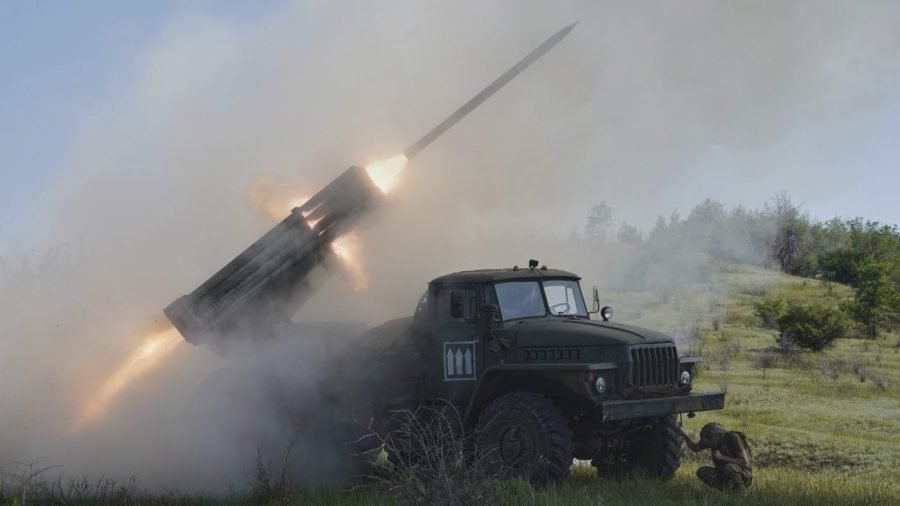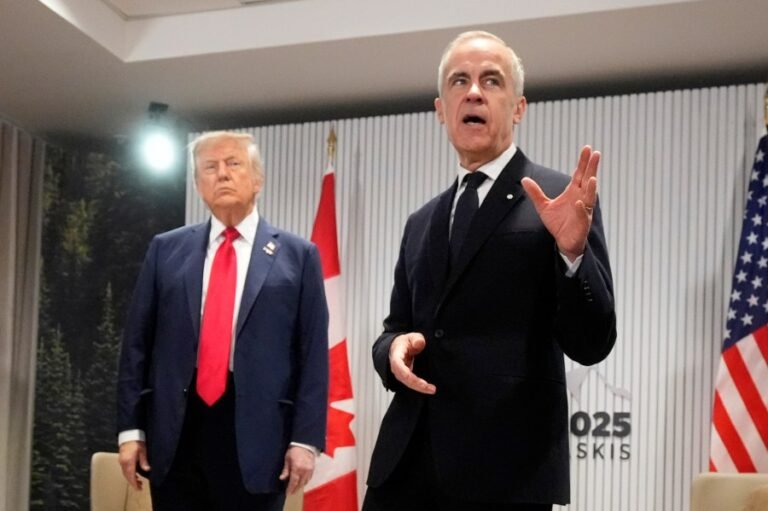
The debate over Ukraine aid often frames the conflict as a choice between domestic American priorities and foreign assistance. But this framing fundamentally misunderstands what is at stake. Ukraine is a direct investment in American national security that could prevent U.S. troops from directly fighting Russian forces in the near future.
Recent statements from Moscow make this calculation clear. Russian Deputy Foreign Minister Sergei Ryabkov declared in June that the Ukraine war cannot end until NATO “pulls out” of the Baltic states. This demand represents a dramatic escalation from Russia’s previous position, which focused solely on Ukraine’s NATO aspirations. Now the Kremlin is demanding the abandonment of NATO allies who have been treaty-protected members since 2004.
This escalation reveals Russia’s true strategic objective: not just preventing Ukraine’s NATO membership, but rolling back the alliance’s existing commitments. The Baltic states — Estonia, Latvia and Lithuania — are full NATO members covered by Article Five, which states that an attack on one member constitutes an attack on all. Unlike Ukraine, any Russian aggression against these nations would legally require direct American military intervention.
The strategic logic is clear: If Russia succeeds in Ukraine and then moves against the Baltics, American soldiers will be legally obligated to fight Russian forces directly. There would be no choice, no debate, no alternative.
Supporting Ukraine today costs money and weapons. Fighting Russia tomorrow under Article Five would cost American lives. The current investment in Ukrainian defense represents perhaps the most cost-effective military expenditure in modern U.S. history.
Critics might argue that Russia’s Baltic demands are mere negotiating tactics. But this ignores the pattern of Russian aggression established over the past 16 years: Georgia in 2008, Crimea in 2014 and Ukraine in 2022. Each time, Western leaders assumed Moscow would be satisfied with its gains — each time, they were wrong.
The difference now is that Russia’s next logical target, the Baltics, cannot be abandoned without destroying NATO itself. The alliance’s credibility rests on the principle that Article Five means something. If NATO retreats from the Baltics under Russian pressure, the alliance becomes meaningless, and America’s security guarantees across the globe lose their deterrent effect.
There is now a unique strategic opportunity. Ukraine has demonstrated remarkable resilience and military capability, effectively serving as a force multiplier for U.S. security interests. Ukrainian forces are doing the fighting that American troops might otherwise have to do later, against a Russian military that grows weaker with each passing month.
The choice facing American policymakers is between stopping Russia in Ukraine or potentially fighting them in the Baltics under conditions far less favorable to U.S. security.
Every dollar spent on Ukrainian defense today is an investment in preventing American casualties tomorrow. Every Ukrainian victory weakens Russia’s capacity to threaten NATO members. Every month this conflict continues reduces the likelihood that American troops will face Russian forces in direct combat.
The question isn’t whether America can afford to support Ukraine. It’s whether America can afford not to.
Khusanboy Kotibjonov is a political science student at New York University.






